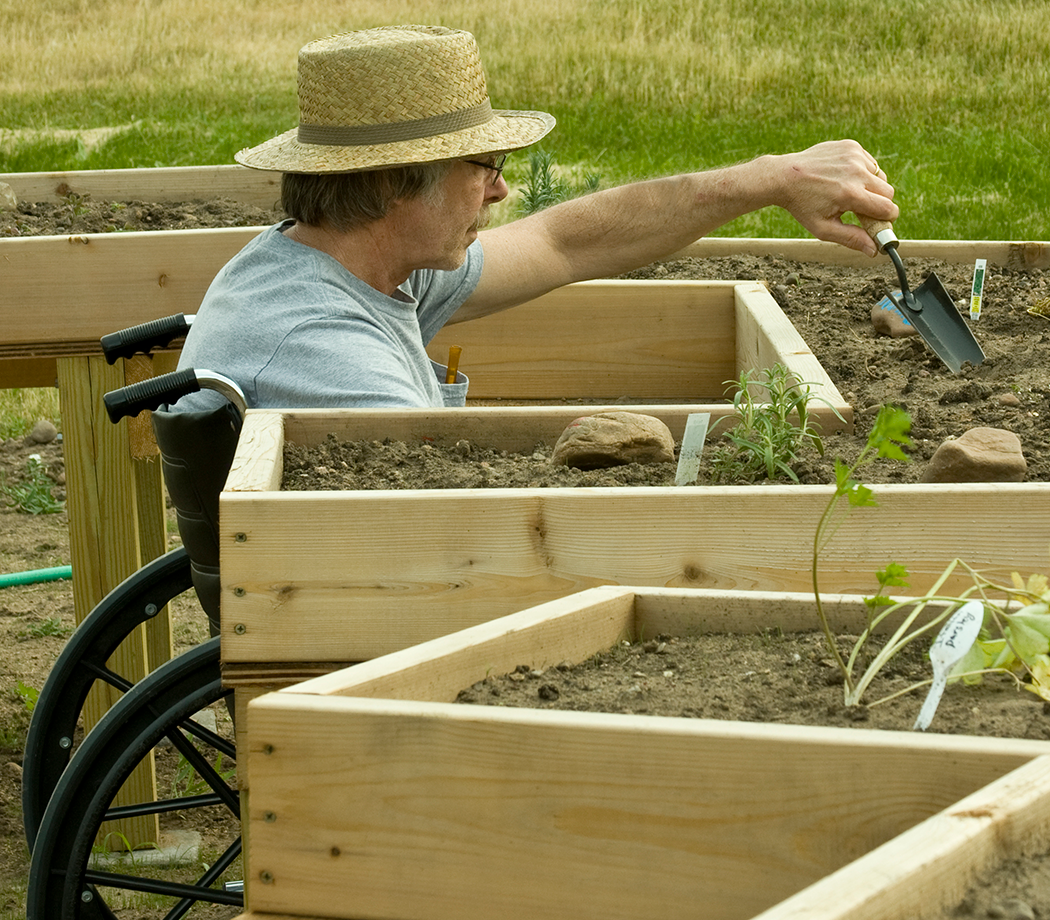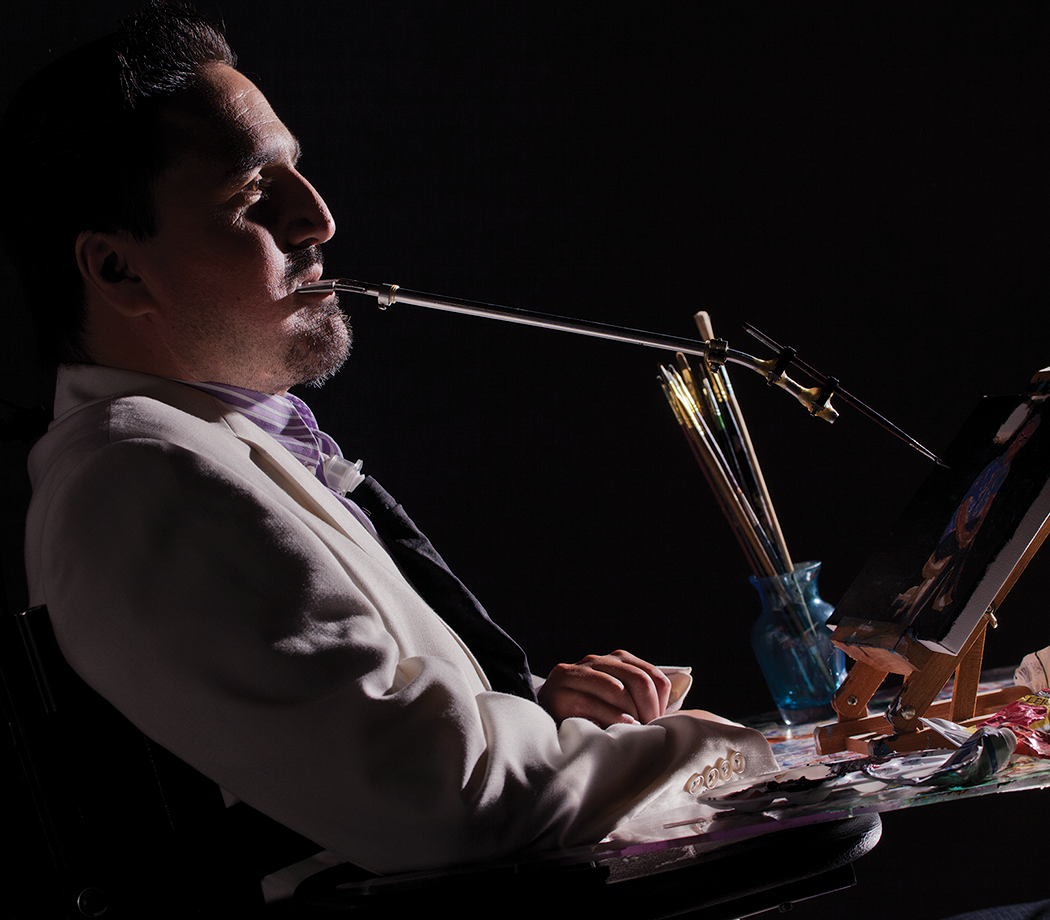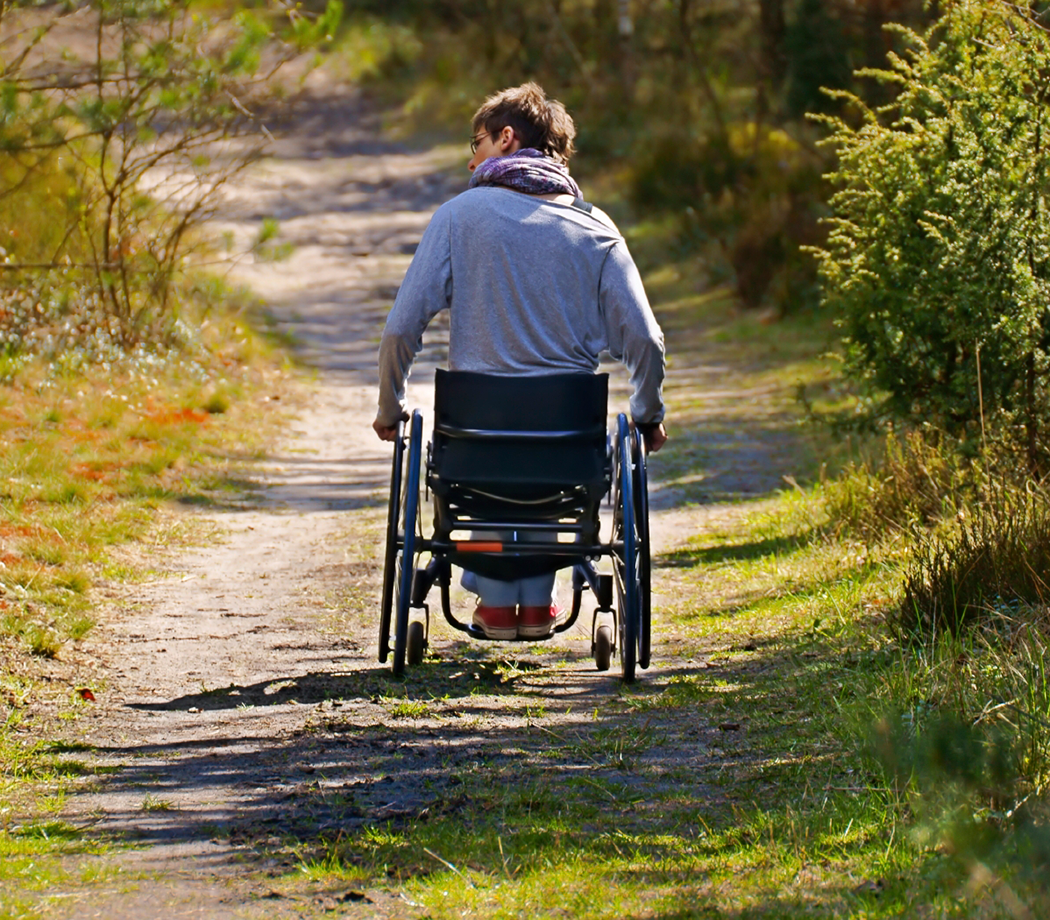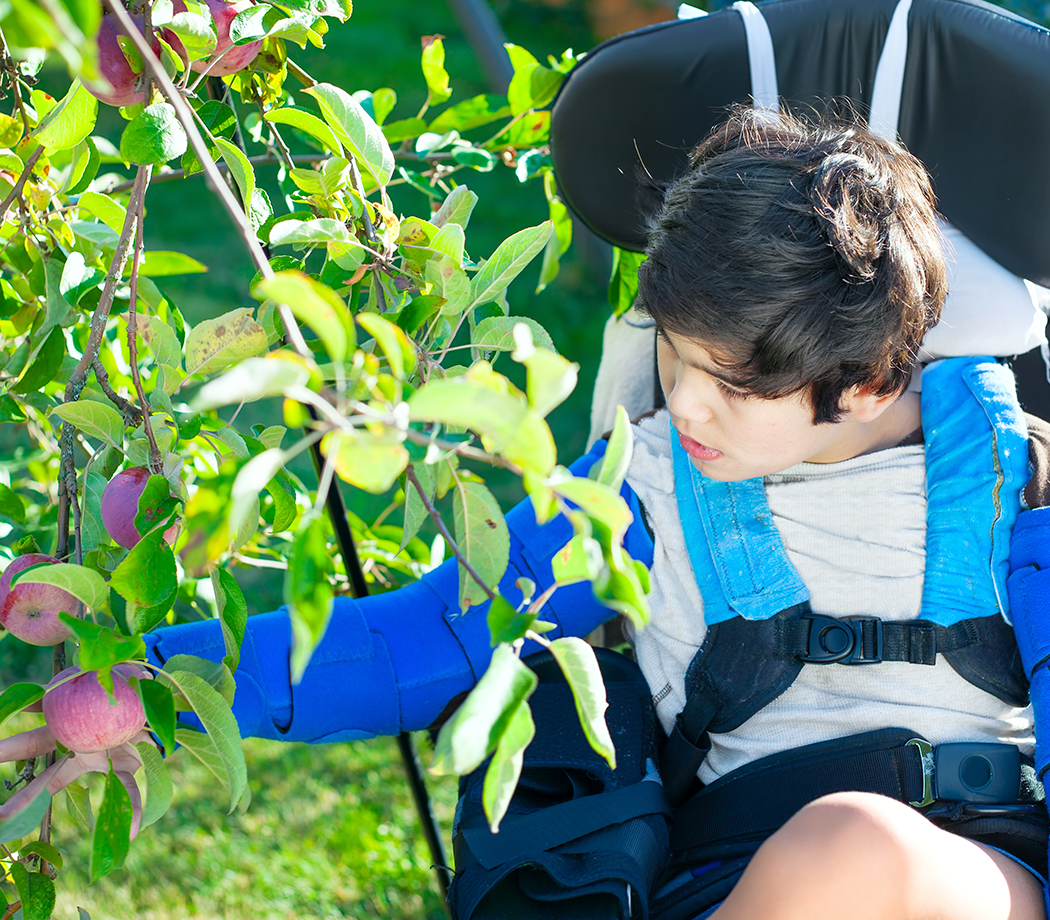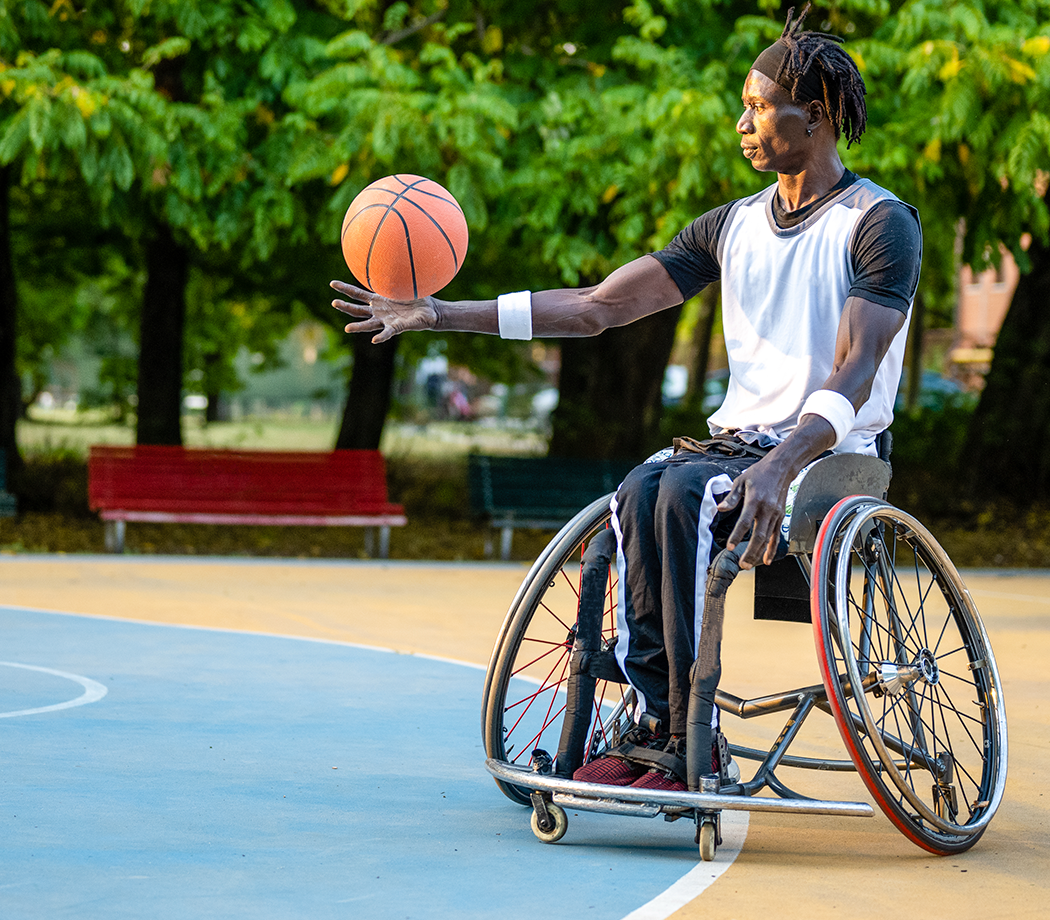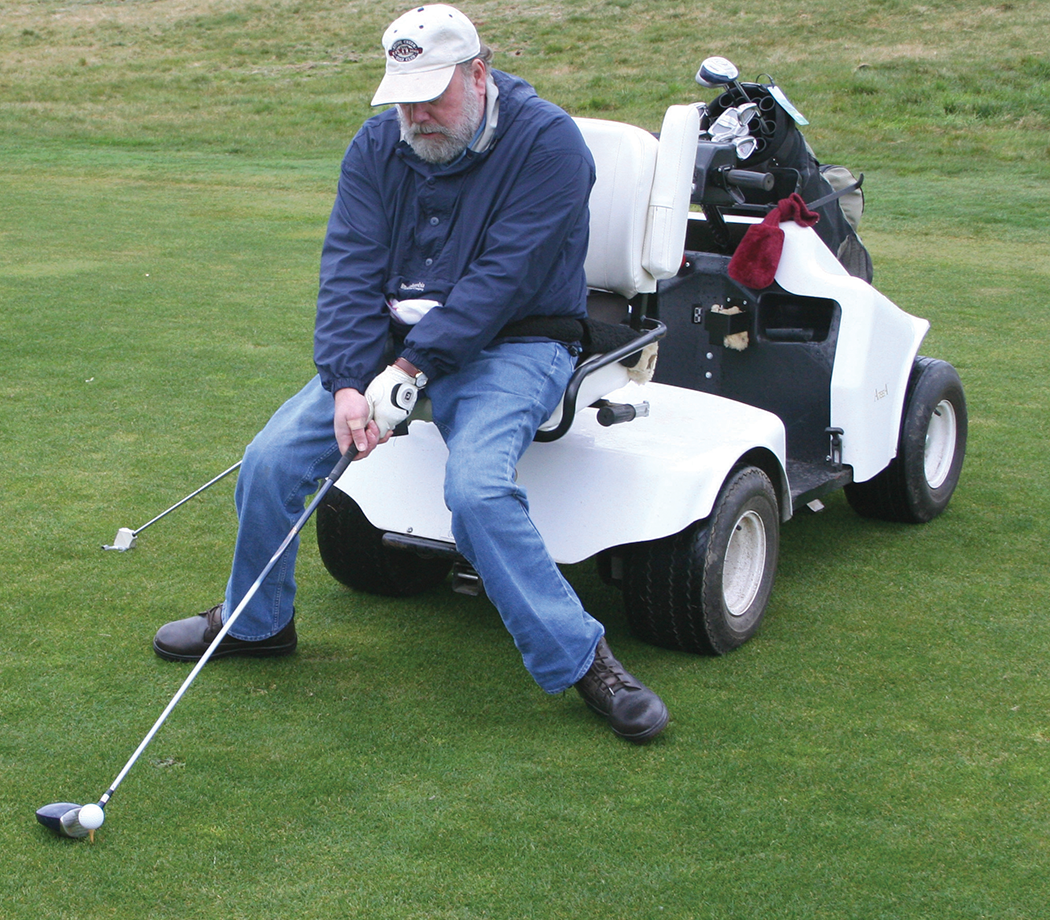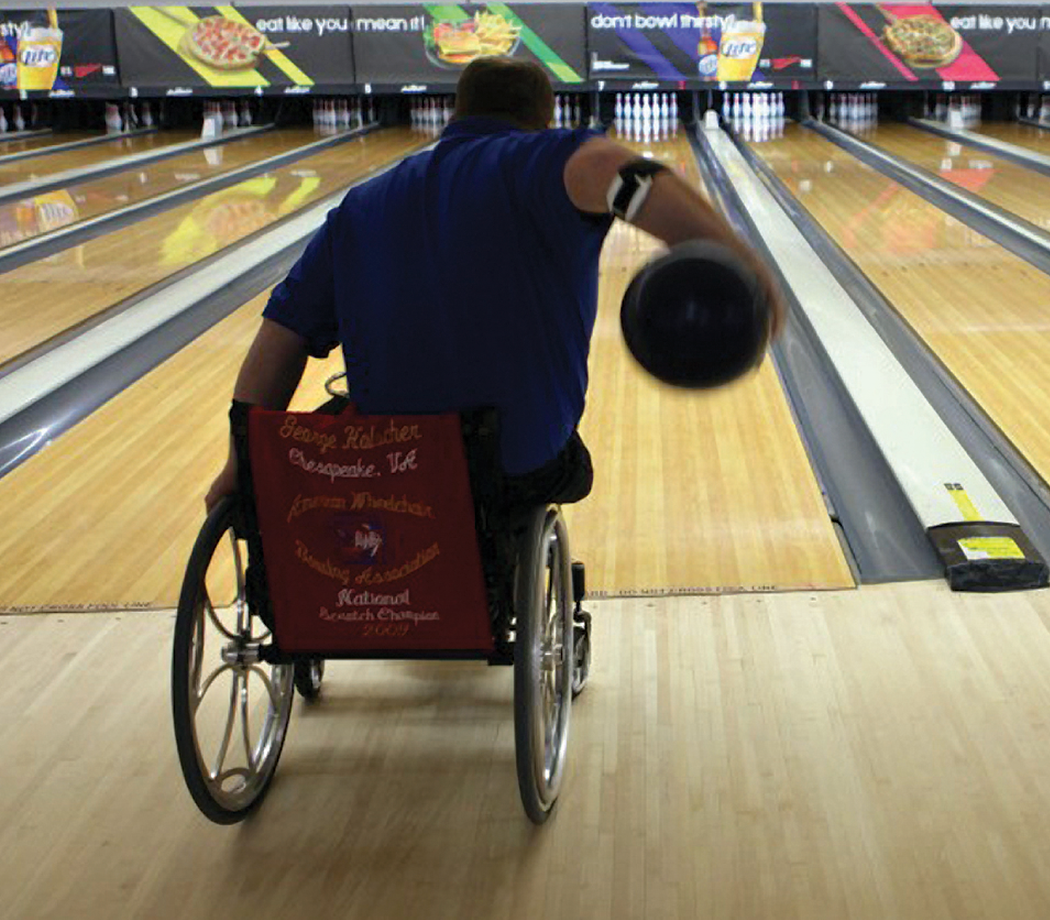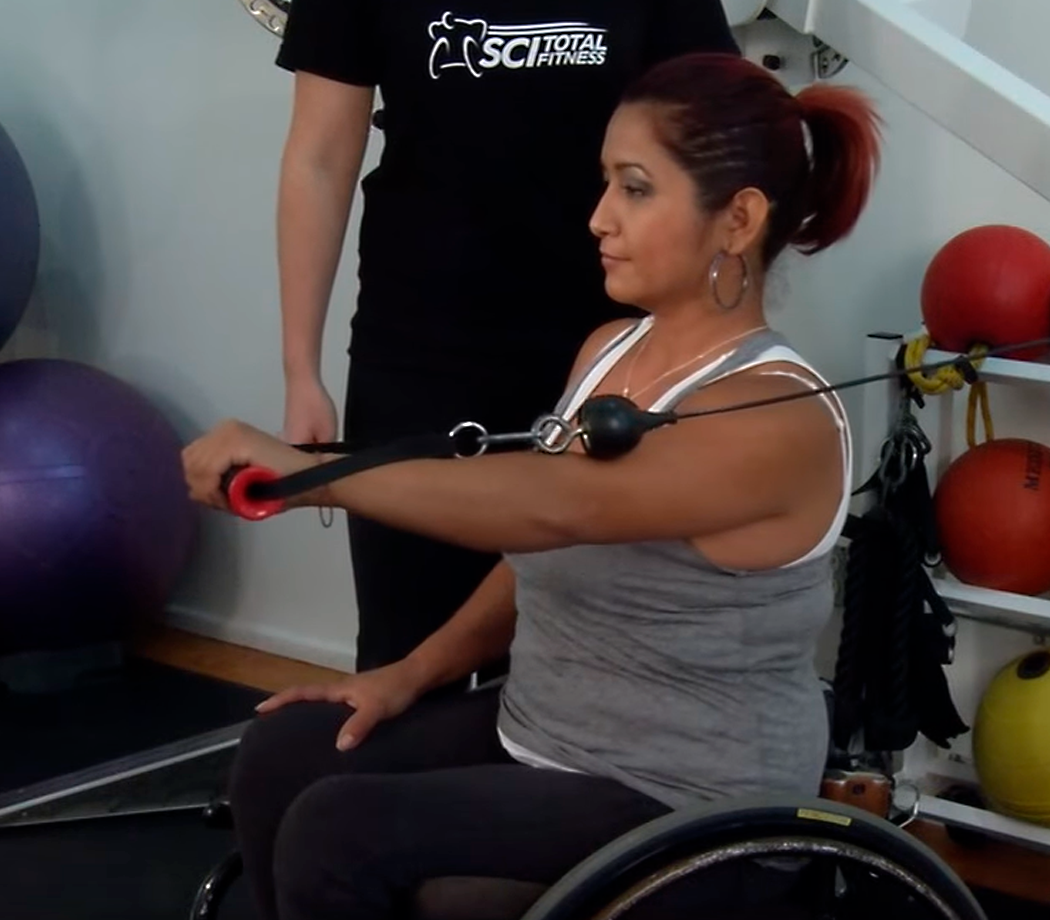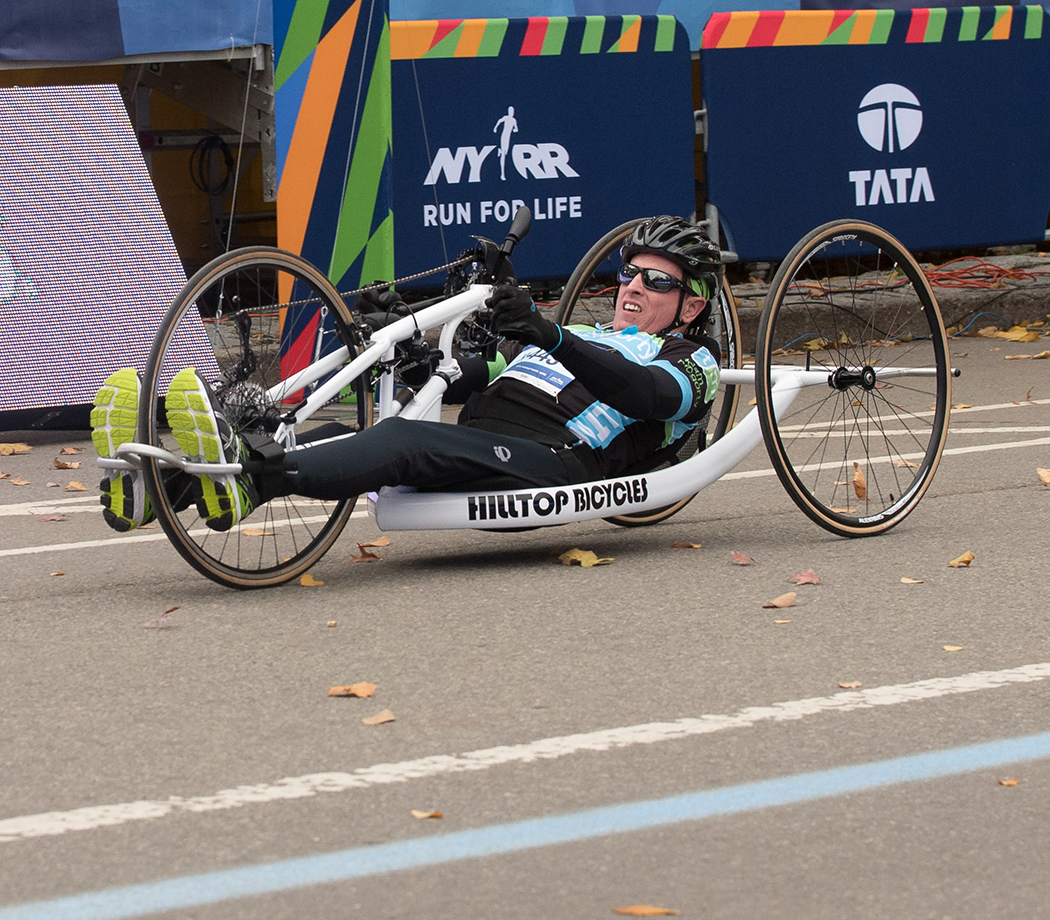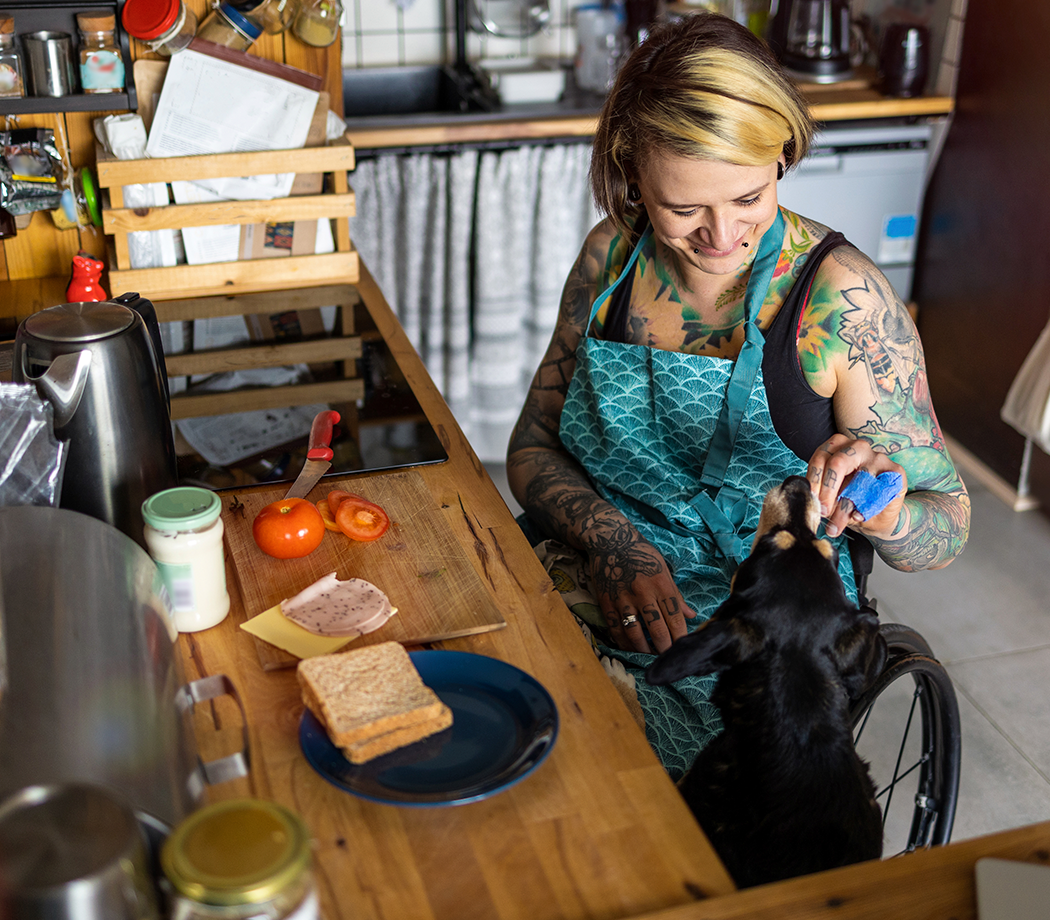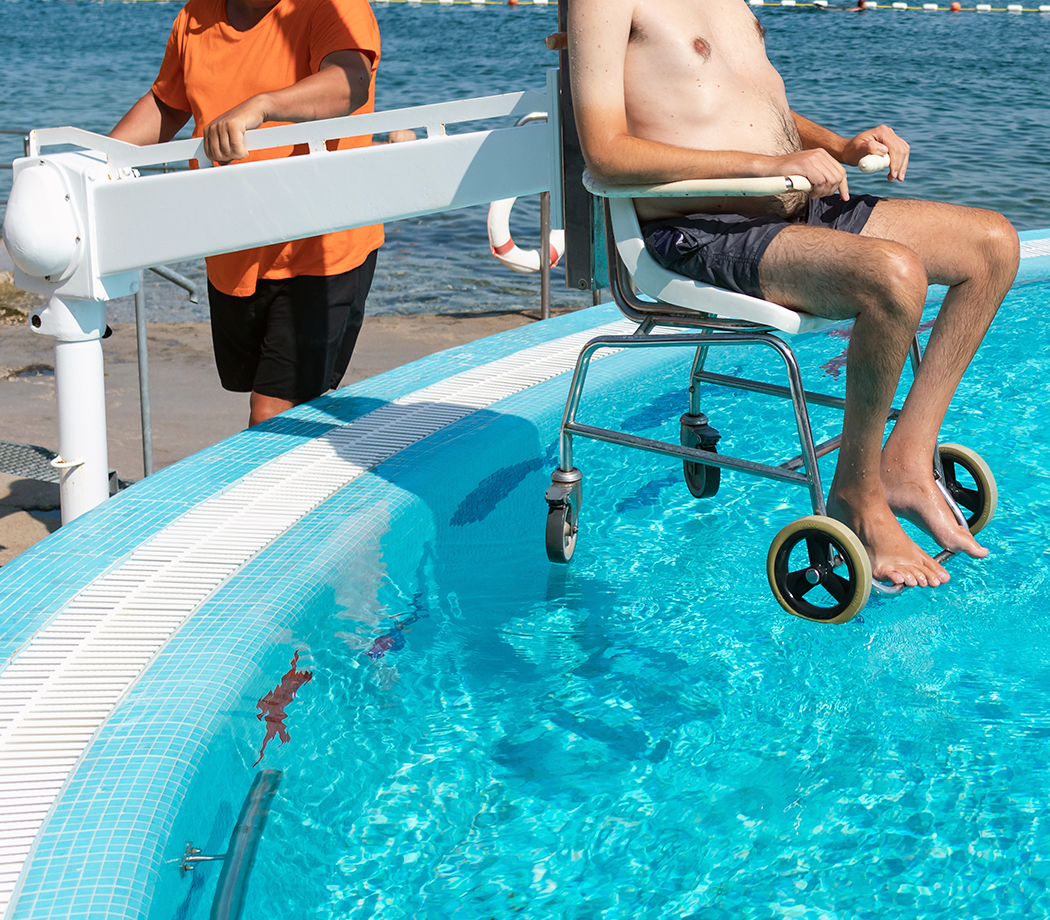Gardening From a Wheelchair
Tips From Community Members to Start Your Garden
Being able to plant your favorite flowers, pick fresh herbs for a delicious dinner, or simply enjoy the great outdoors are all possible when gardening from a wheelchair.
The first step is to understand your abilities, personal boundaries, and physical structure of your garden.
“Know how far your reach limits are,” says Gene Rothert, HTR, Horticultural Therapy Services, Chicago Botanic Garden. “You don’t want issues present that would impair your function in the garden. Match your garden’s design to your individual needs.” Trying to push beyond your limits can decrease productivity, progress, and enjoyment.
“Create your garden on your deck or patio even,” says Rothert, living with paralysis since 1977. “Use the least amount of energy possible getting there, save it for the garden.”
Avid gardener, Francesco Clark, President of Clark’s Botanicals, stresses the importance of accessibility. “Usually, the walkways are either too narrow or an uneven surface, like brick, physically blocking my wheels from getting where I want to go,” says Clark, living with a spinal cord injury after a swimming accident in 2002. “There is never enough room to turn around or back-up.”
Having freedom of movement in your garden and leaving plenty of room and space to move around is also important. A paved area provides traction. Have a firm ground made of concrete or pavers, for example, in order to make rolling around more comfortable.
Ideal options for gardeners sitting down are vertical wall gardens or tabletop gardens, as well as large pots or containers on caddies for easy movement and placement. If you’re using a pot, Rothert advises it be at least 24 inches across to prevent soil from drying out.
Raised Beds and Hanging Baskets
Raised beds are highly recommended for anyone gardening from a wheelchair. They should also be narrow to provide convenient access to the whole garden.
“A raised bed at the proper height is great,” says Shane Smith of Cheyenne Botanic Gardens in Wyoming. “It allows for approaching the bed straight on without having to bend.”
Hanging baskets are also practical. By having a pulley attached to the basket, gardeners can raise or lower the basket minimizing the amount of reaching. A hanging basket on a pulley also leaves display options at different height levels.
Tools and Reaching Aids
Generally, long-handled tools work best for limited hand and arm movement. Make them easier to use by adding an effortless grip to the handle. “Something as simple as wrapping foam and duct tape around the handle can make it easier to hold,” says Smith. “Attaching Velcro straps around your arm can add stability too.”
Having added support for your arms and hands puts more work into your tools and less on your body. Gene Rothert believes, “The most important component of all tools is hand function.” He suggests leaving your hands close to your body, as opposed to extending your arms out. Using long-handled tools allows for that option.
Making a garden “individualized,” helps to meet your specific needs. “The more you adapt to your garden,” says Rothert, “the less tools are needed.” Another way to make your garden best-suited for your needs is to use softer, light-weight soil. It eases the amount of strength needed to dig and plant.
Katrina Nicke of Walte Nicke’s GardenTalk, suggests specialized tools for gardeners in wheelchairs. The Trigger-Release Lance and Water & Mist Lance are suitable for watering plants wherever they are placed. They attach to the end of your hose and reach beyond average distances of a hose. The on/off switch is controlled with a thumb-lever shut-off valve that can easily be pushed even with limited finger and hand mobility. A self-coiling hose is also useful and hassle-free.
Francesco Clark recommends even ditching the hose altogether if it’s too difficult to use. “Sprinklers are the easiest, but are expensive,” explains Clark. “Make sure the controls are reaching distance and easy-to-push buttons.
Other helpful tools include:
- E-Z Reacher and Easy Gripper are used to pick up items out of reach. The E-Z Reacher is also durable and can pick up anything from as small as a dime to as heavy as a five-pound brick.
- Cut and Hold Flowerer Gatherer is particularly useful for gardeners in wheelchairs. It can cut and grip a flower stem making it easy to bring it back or place it elsewhere.
- PETA’s Easi-Grip gardening tools are specifically designed to relieve stress on the hand and wrist, with the option of using the strength of the forearm. The handles extend upright at a 90 degree angle so your hand is at a natural angle, preventing any extra strain.
Keeping a few tools in various areas of the garden can save time and energy. Make your overall garden experience better by using levers (instead of round handles) on gate latches, doors, and faucets.
Gardening as Therapy
For Gene Rothert gardening is a form of stress management. Even after being at the Chicago Botanic Garden, working in a garden all day, he goes home and works in his own garden to relax. “There is calmness about it,” says Rothert. “Why do people value gardens? It is intuitively healthy.”
“It’s supposed to be enjoyable, relaxing, an escape,” explains Francesco Clark. All of your hard work is time well-wasted. Take the time to relish in the beauty of your garden and what you have created.
Resources
If you are looking for more information or have a specific question, our Information Specialists are available business weekdays, Monday through Friday, toll-free at 800-539-7309 from 9am to 8pm ET.
Check out our repository of fact sheets on hundreds of topics ranging from state resources to secondary complications of paralysis.
We encourage you to reach out to support groups and organizations that specialize in adaptive gardening techniques, including:
- American Horticultural Therapy Association: the therapeutic benefits of peaceful garden environments have been understood since ancient times.
- Thrive is a national charity that helps people with a disability to start or continue gardening. We have practical information to make garden jobs easier, advice on taking care, useful hints and tips and details of the equipment and tools which will be particularly helpful.

